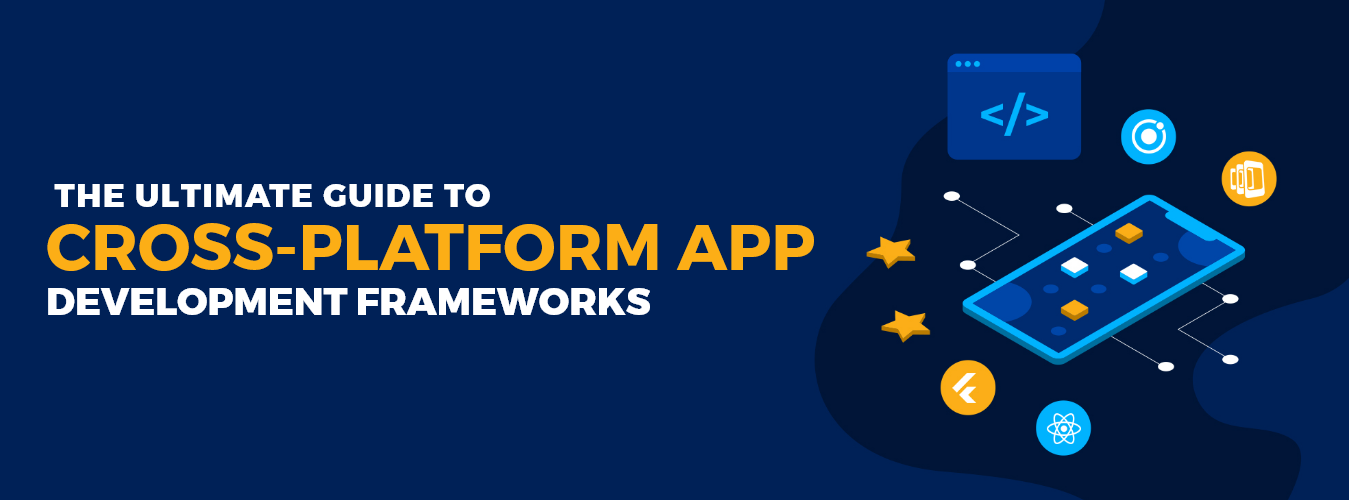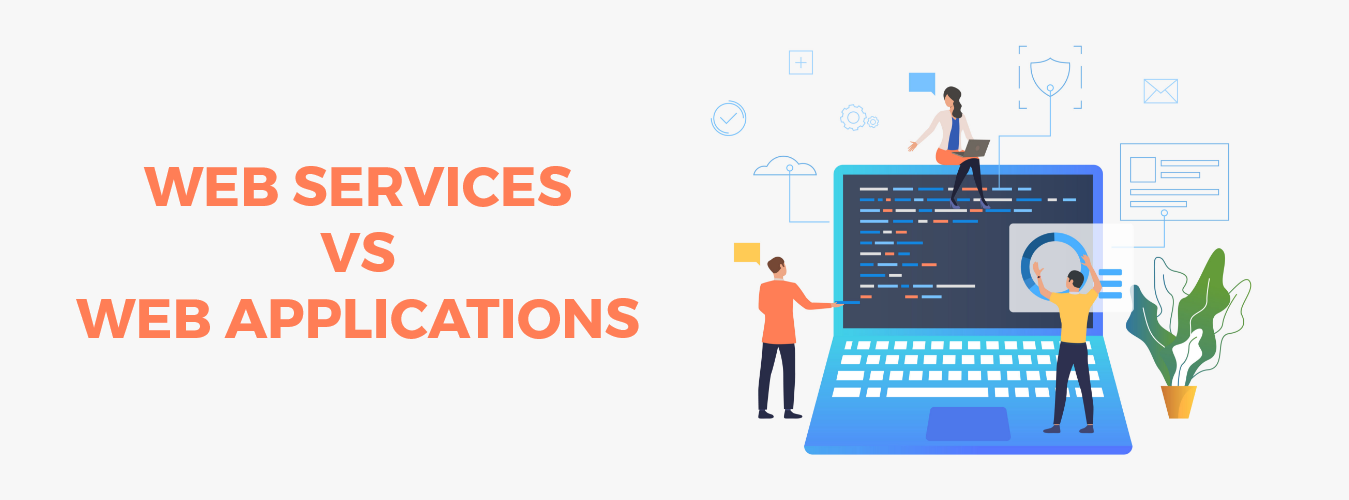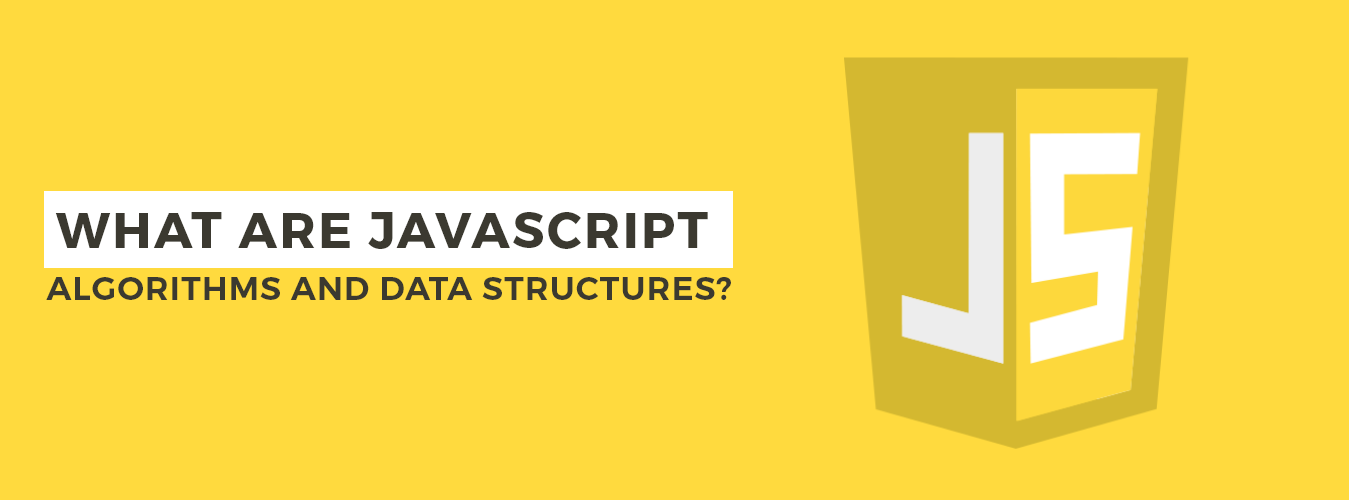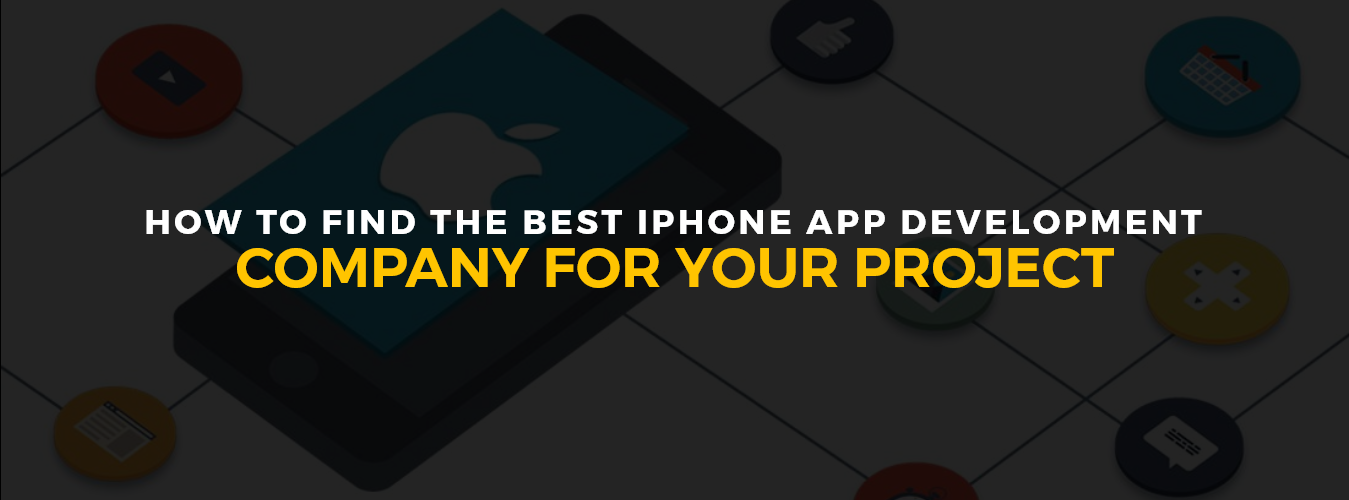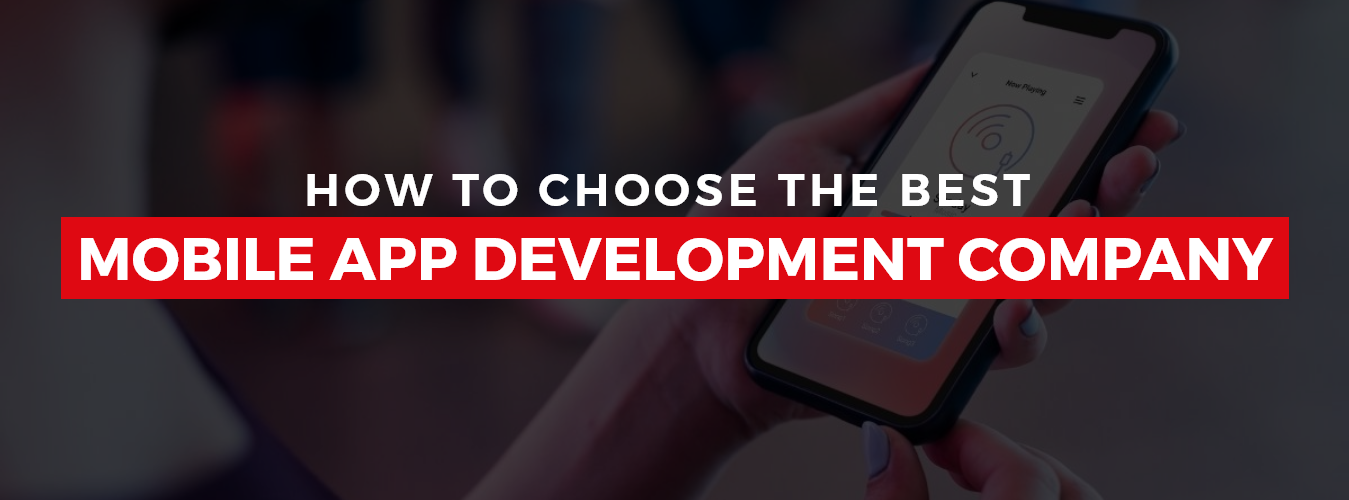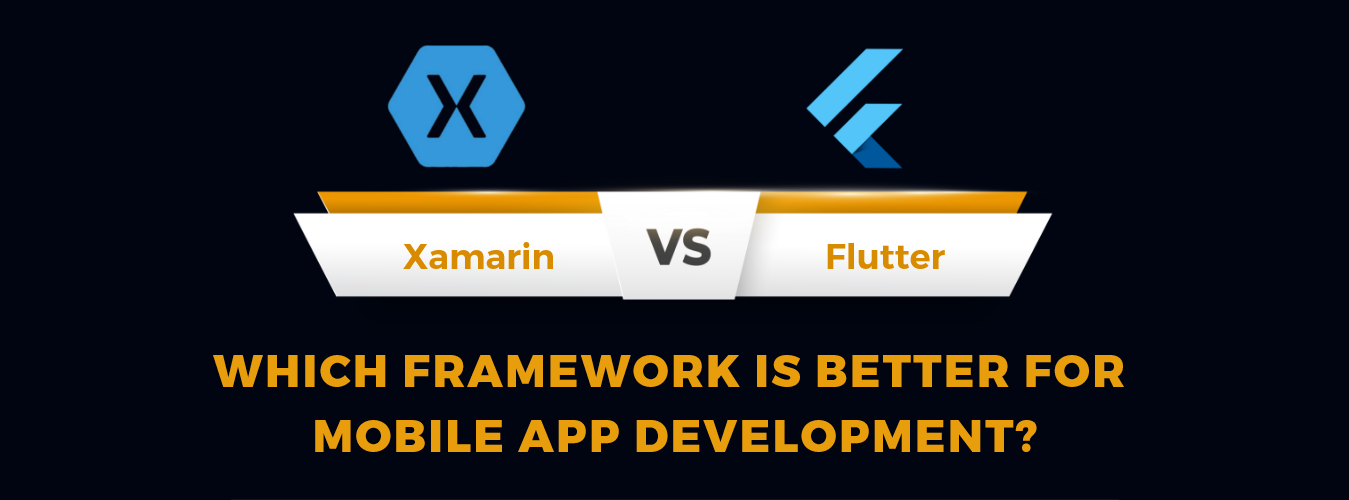Crafting Your Ideal Mobile App/Experience Starts Here!
Ready to elevate your business? Your custom app is just a click away.
Yes Let’s goApplications with a single codebase that can operate on numerous platforms, including iOS, Android, and web browsers. A set of tools, libraries, and technologies known as a cross-platform app development framework enables programmers to build applications. It allows developers to build robust programs with a native appearance and feel for each platform. Cross-platform app development frameworks frequently offer access to native platform APIs and components. Frameworks for cross-platform app development allow programmers to write code once and publish it to various platforms. When opposed to creating individual applications for each platform, it can save a lot of time and work.
Most popular cross-platform app development frameworks

React Native
Facebook created the well-known open-source React Native mobile application framework. Similar to ReactJS, React Native employs a component-based architecture that makes it simple to create and maintain applications. It enables custom app development companies to develop native apps for iOS, Android, and other platforms.
Access to native platform components and APIs is one of React Native’s main advantages. Resulting in high-performance apps with native platform looks and feel. Moreover, it enables developers to employ hot-reloading, allowing them to view changes they make to the source immediately. A large and vibrant community exists for React Native and offers tools, tutorials, and plugins. This makes it simple for developers to begin using the framework. Companies like Facebook, Instagram, and Walmart are just a few that have implemented it broadly because of its performance, cross-platform portability. Due to ease of use, developers prefer React Native for app development process.

Flutter
Google created the open-source Flutter framework for creating mobile applications. It enables custom app development companies to develop native apps for iOS, Android, and other platforms. Flutter offers a wide range of pre-built widgets and features that make developing excellent and aesthetically pleasing applications simple. It utilizes a single Dart programming language codebase.
The utilization of hot-reloading is one of Flutter’s main benefits. Hence, without restarting the application, developers may quickly view the changes they make to the source. Access to native platform APIs and components is also made possible by Flutter. Which enables developers to create applications with excellent performance that feel and look native to each platform.
Because a single codebase can be used to create attractive, high-performance applications for various platforms. Because of Flutter’s simplicity of use, performance, and cross-platform portability has become increasingly popular among developers. Companies like Alibaba, Google AdWords, and Hamilton Musical, among others, have used it widely.

Xamarin
Microsoft developed the cross-platform Xamarin framework for developing smartphone applications. It enables the creation of native mobile apps for the iOS, Android, and Windows platforms using C# and.NET. Access to native device APIs and components is made possible by Xamarin. Allowing programmers to create applications with high performance that feel and appear native to each platform.
The use of common codebases is one of Xamarin’s significant benefits. Which makes it possible for programmers to create code once and share it across various platforms. Additionally, Xamarin offers a comprehensive selection of testing tools, such as automated testing and UI testing, to help guarantee the accuracy and dependability of the apps.
Because of Xamarin’s simplicity of use, speed, and compatibility with Microsoft technologies, it has become increasingly well-liked among coders. Companies like Honeywell, Bosch, and Alaska Airlines, among others, have adopted it extensively because of its capacity to develop native apps for various platforms using a single codebase.

Ionic
Ionic is a well-known open-source platform for creating mobile applications based on AngularJS and Apache Cordova. Using web technologies like HTML, CSS, and JavaScript, enables developers to produce high-quality, cross-platform mobile apps for iOS, Android, and web browsers. Ionic’s capability to build responsive, mobile-first designs that feel and appear native to each platform is one of its main benefits. It offers a comprehensive selection of UI themes and pre-built components, making it simple for developers to produce visually appealing apps. Ionic additionally gives developers access to native platform APIs and components via Apache Cordova, allowing them to make high-performance apps that communicate with hardware features like the camera and accelerometer. Due to its cross-platform compatibility, flexibility, and simplicity of use, Ionic has become more and more well-liked among custom app development companies. Companies like McDonald’s, Pacifica, and MarketWatch, among others, have adopted it extensively because of its capacity to produce top-notch, cross-platform mobile apps.

PhoneGap
Adobe developed the open-source PhoneGap mobile application creation framework. It enables the use of web technologies like HTML, CSS, and JavaScript to create cross-platform mobile apps for iOS, Android, and other platforms. One of PhoneGap’s main benefits is its capacity to develop cross-platform applications using a singular codebase. Through Apache Cordova, PhoneGap gives users access to native platform elements and Services. Enabling the development of high-performance software that communicates with the components of the device, such as the camera and accelerometer.
Due to its cross-platform compatibility, simplicity of use, and flexibility, developer use it in app development process. Businesses use it extensively because it makes it possible to develop top-notch, cross-platform mobile applications using web technologies, including Salesforce, SAP, and the New York Times. Additionally, PhoneGap offers a comprehensive selection of pre-built plugins and tools that help programmers build mobile applications quickly and effectively.

Unity
For the creation of 2D and 3D games for a variety of devices, including mobile, desktop, and console, developers frequently use the cross-platform Unity game engine. It offers a wealth of tools and features, including physics simulation, animation, and audio, and enables programmers to write code in C# or UnityScript.
Compared to creating different games for each device, Unity’s ability to deploy games to multiple platforms from a single codebase can save time and effort. Unity offers a comprehensive set of game-building tools, including an easy-to-use visual editor that enables programmers to create user interfaces, game levels, and animations without writing code.
Due to its cross-platform compatibility, flexibility, and ease of use, Unity has become more and more famous among game developers. Companies like Ubisoft, Electronic Arts, and Disney, among others, have all adopted it because of its capacity to produce top-notch games for various platforms using a singular codebase.

Conclusion
Using a single codebase, developers can build applications that work across various platforms thanks to cross-platform app development frameworks. The best framework to use will rely on the project’s particular requirements because each of the frameworks mentioned earlier has distinctive features and capabilities.
Crafting Your Ideal Mobile App/Experience Starts Here!
Ready to elevate your business? Your custom app is just a click away.
Yes Let’s go
